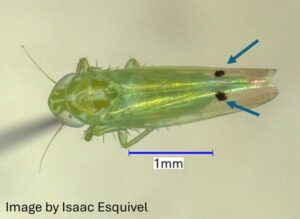
Cotton Jassid Leafhopper Reported on Okra in NC
Two weeks ago Dominic Reisig reported the first detection of the invasive cotton jassid leafhopper (Amrasca biguttula) on cotton …


El inglés es el idioma de control de esta página. En la medida en que haya algún conflicto entre la traducción al inglés y la traducción, el inglés prevalece.
Al hacer clic en el enlace de traducción se activa un servicio de traducción gratuito para convertir la página al español. Al igual que con cualquier traducción por Internet, la conversión no es sensible al contexto y puede que no traduzca el texto en su significado original. NC State Extension no garantiza la exactitud del texto traducido. Por favor, tenga en cuenta que algunas aplicaciones y/o servicios pueden no funcionar como se espera cuando se traducen.
Inglês é o idioma de controle desta página. Na medida que haja algum conflito entre o texto original em Inglês e a tradução, o Inglês prevalece.
Ao clicar no link de tradução, um serviço gratuito de tradução será ativado para converter a página para o Português. Como em qualquer tradução pela internet, a conversão não é sensivel ao contexto e pode não ocorrer a tradução para o significado orginal. O serviço de Extensão da Carolina do Norte (NC State Extension) não garante a exatidão do texto traduzido. Por favor, observe que algumas funções ou serviços podem não funcionar como esperado após a tradução.
English is the controlling language of this page. To the extent there is any conflict between the English text and the translation, English controls.
Clicking on the translation link activates a free translation service to convert the page to Spanish. As with any Internet translation, the conversion is not context-sensitive and may not translate the text to its original meaning. NC State Extension does not guarantee the accuracy of the translated text. Please note that some applications and/or services may not function as expected when translated.
Collapse ▲
Two weeks ago Dominic Reisig reported the first detection of the invasive cotton jassid leafhopper (Amrasca biguttula) on cotton …

The Walgenbach Lab is excited to post a new web resource for vegetable growers and agents who are facing problems with …
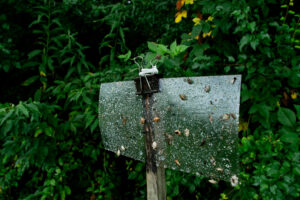
Little has changed in insect activity during the past week, with trap captures continually being low or on the …
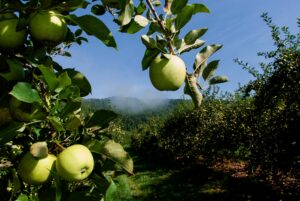
With the exception of the brown marmorated stink bug (BMSB), trap captures of key pests declined during the past …
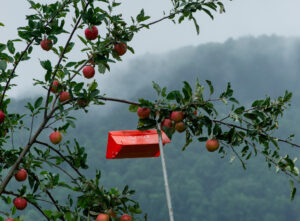
Codling moth and oriental fruit moth (OFM): With the exception of locations that have had high codling moth problems …
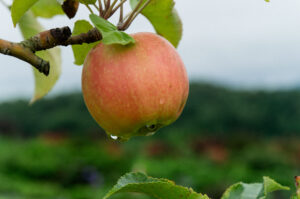
During the past week, codling moth and apple maggot numbers in traps have slightly declined, oriental fruit moth (OFM) …
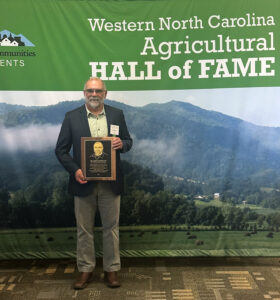
Congratulations to Dr. Jim Walgenbach, who was inducted last Friday into the WNC Ag Hall of Fame! The WNC Community …

The recent cool weather has slowed insect development, and consequently not much has changed in the past week. Codling …

As August approaches, apple insect activity continues to pick up. Although many orchards still have low pest pressure, codling …
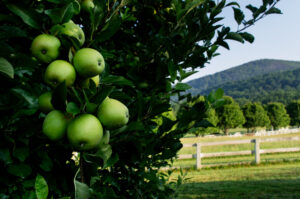
As we move into the latter part of July and into August, the diversity of potential insect pests will …

Codling moth: At 1600 cumulative degree days (DD), we are in the midst of second generation codling moth in …
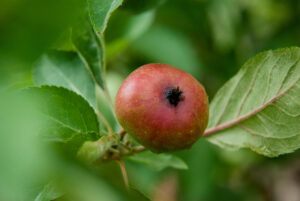
Second generation codling moth is the main insect of concern this week, with first generation brown marmorated stink bug …
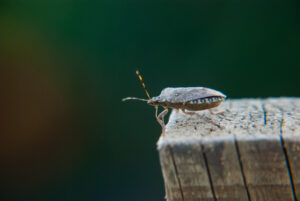
Codling Moth: In lower elevation orchards (i.e., those ranging from about 800 to 1300 ft) an insecticide targeting second …

In Henderson County and similar elevations, first generation codling moth flight is complete, and second generation flight is not …
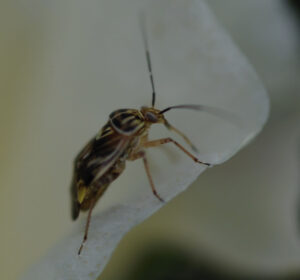
As cotton starts to square, it’s time for growers to check their fields every week for tarnished plant bugs. …
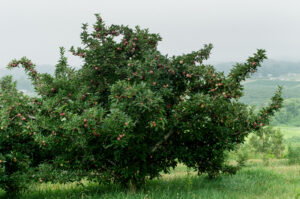
Codling Moth: Throughout the region we remain in that window where codling moth is between generations, and unless there …
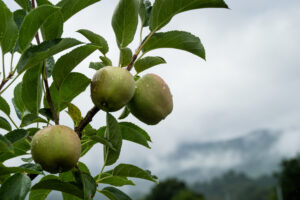
Depending on elevation, we are either approaching or in that period when most major pests exhibit a low potential …

In orchards at elevations of about 2000 ft or higher (e.g., Henderson County), this week should see the last …

First generation codling moth remains a key pest of concern across the region. Also, the window for tufted apple …
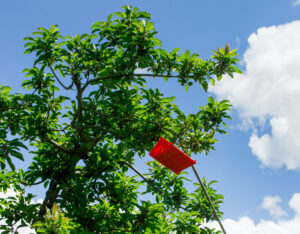
Codling moth degree-day accumulations range from about 370 in Henderson County (2100 ft) to about 600 in the lower …

This factsheet describes the biology of the giant strong-nosed stink bug, Alcaeorrhynchus grandis, and provides …

This manual prepares pesticide applicators for Forest Pest Control Certification exams in the following states: …
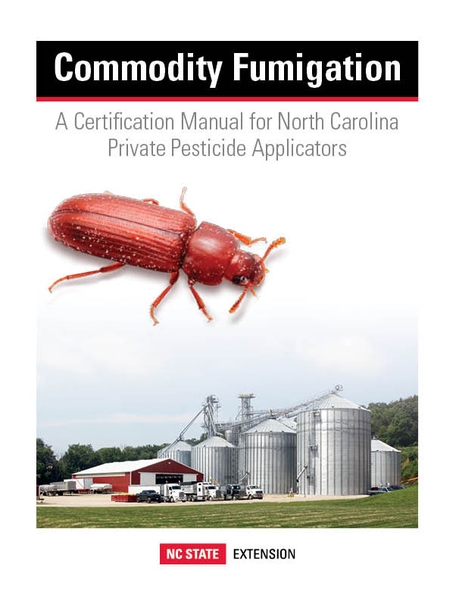
This manual provides guidance tailored for North Carolina's non-commercial pesticide applicators using fumigants in commodity …
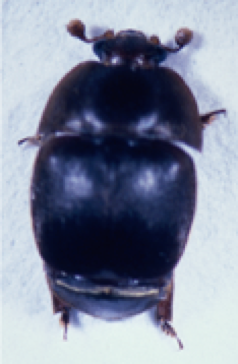
This factsheet describes the small hive beetle, its life cycle and how to prevent infestations …

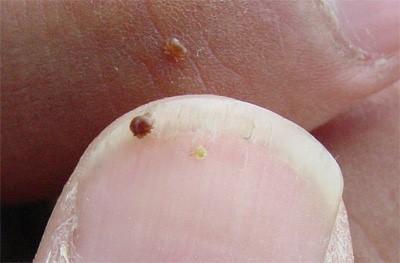
It is the goal of every beekeeper to maintain healthy, productive colonies. This can only …
To apply restricted-use pesticides to agricultural commodities, you must be certified or be supervised by …

This factsheet offers information on the biology and management of the emerald ash borer, an …